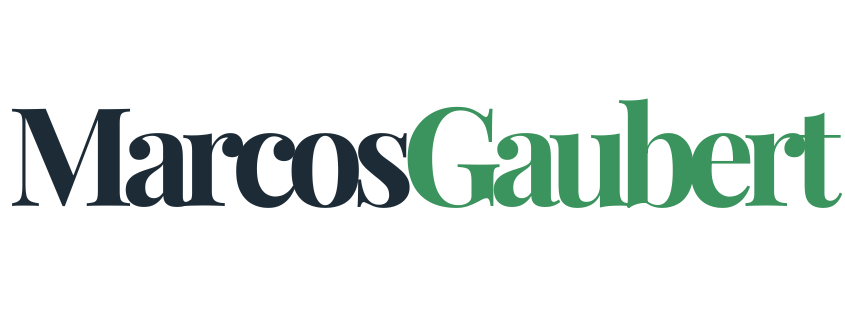Hey there, fellow sales warriors! If you’ve ever found yourself struggling to connect with prospects or feeling like you’re pushing a product instead of helping a customer, you’re not alone. Today, let’s talk about consultative selling—a powerful approach that focuses on building relationships rather than just closing deals. By mastering consultative selling strategies, you can create stronger, more meaningful connections with your customers and, in turn, drive your sales success.
What is Consultative Selling?
Before diving into strategies, let’s clarify what consultative selling really means. At its core, consultative selling is about understanding your customer’s needs and challenges, and then positioning your product or service as the solution. Instead of simply pitching your offerings, you become a trusted advisor, guiding your customers toward the best decision for them.
Why is it Important?
In today’s competitive landscape, customers are looking for more than just a product; they want a partner who understands their unique needs. By adopting consultative selling strategies, you’re not just selling—you’re building trust and loyalty. When customers feel valued and understood, they’re more likely to choose you over the competition.
1. Ask the Right Questions
Curiosity is Key
One of the most critical consultative selling strategies is asking the right questions. Think of it this way: the more you know about your customer, the better you can help them. So, how do you get there?
Questions to Consider:
- What challenges are you currently facing?
- How do you envision our product fitting into your business?
- What outcomes are you hoping to achieve?
These questions not only help you understand your customer’s pain points but also demonstrate that you care about their success. Remember, it’s not just about the sale—it’s about solving their problems.
2. Listen Actively
Don’t Just Hear, Understand
Now that you’ve asked your questions, it’s time to listen. Active listening is a game changer in consultative selling. When your customer speaks, really pay attention. Take notes, nod, and encourage them to share more.
Tips for Active Listening:
- Avoid Interrupting: Let them finish their thoughts before you jump in.
- Summarize Their Points: This shows that you’re engaged and that you understand their needs.
- Ask Follow-Up Questions: Dig deeper into their responses to uncover more insights.
By listening actively, you not only gather valuable information but also build rapport. Customers appreciate when they feel heard, and it establishes you as a trustworthy partner.
3. Tailor Your Solutions
Customization is Key
Once you have a clear understanding of your customer’s needs, it’s time to tailor your solutions. This is where consultative selling truly shines. Instead of offering a one-size-fits-all product, position your offering as the perfect fit for their unique situation.
How to Customize Your Approach:
- Highlight Relevant Features: Focus on the aspects of your product that directly address their challenges.
- Share Success Stories: Use case studies or testimonials from similar customers to illustrate how your solution has helped others.
- Be Honest: If your product isn’t the right fit, don’t hesitate to tell them. This builds trust and opens the door for future opportunities.
4. Build Relationships Beyond the Sale
It’s Not Just About the Close
Consultative selling doesn’t end once the contract is signed. To truly master this approach, focus on building long-term relationships with your customers. Check in after the sale to ensure they’re satisfied and offer assistance whenever needed.
Ways to Nurture Relationships:
- Follow Up Regularly: Send an email or make a call to see how things are going.
- Provide Ongoing Support: Offer resources, tips, or training to help them get the most out of your product.
- Solicit Feedback: Ask for their thoughts on your product and service. This not only shows that you care but also provides valuable insights for improvement.
By nurturing these relationships, you position yourself as a partner rather than just a vendor. Customers will be more likely to come back to you for future needs and refer you to others.
5. Embrace Continuous Learning
Stay Ahead of the Curve
The world of sales is ever-evolving, and so should your approach. Embracing a mindset of continuous learning is vital for mastering consultative selling strategies. Attend workshops, read books, and follow industry trends to stay informed.
How to Keep Learning:
- Join Sales Training Programs: Invest in your development to learn new techniques and refine your skills.
- Engage in Online Communities: Participate in forums, webinars, or social media groups where sales professionals share insights and experiences.
- Solicit Feedback: Regularly seek feedback from peers and mentors on your sales techniques and approach.
The more you learn, the better equipped you’ll be to serve your customers effectively.
Conclusion: Become a Trusted Advisor
Mastering consultative selling is about transforming your sales approach from transactional to relational. By asking the right questions, listening actively, tailoring solutions, nurturing relationships, and embracing continuous learning, you can build stronger customer connections and improve your sales performance.
So, are you ready to elevate your consultative selling game? Consider subscribing to our sales newsletter for more insights, strategies, and tips designed to empower sales professionals like you. Together, we can conquer the sales landscape and achieve remarkable results.





